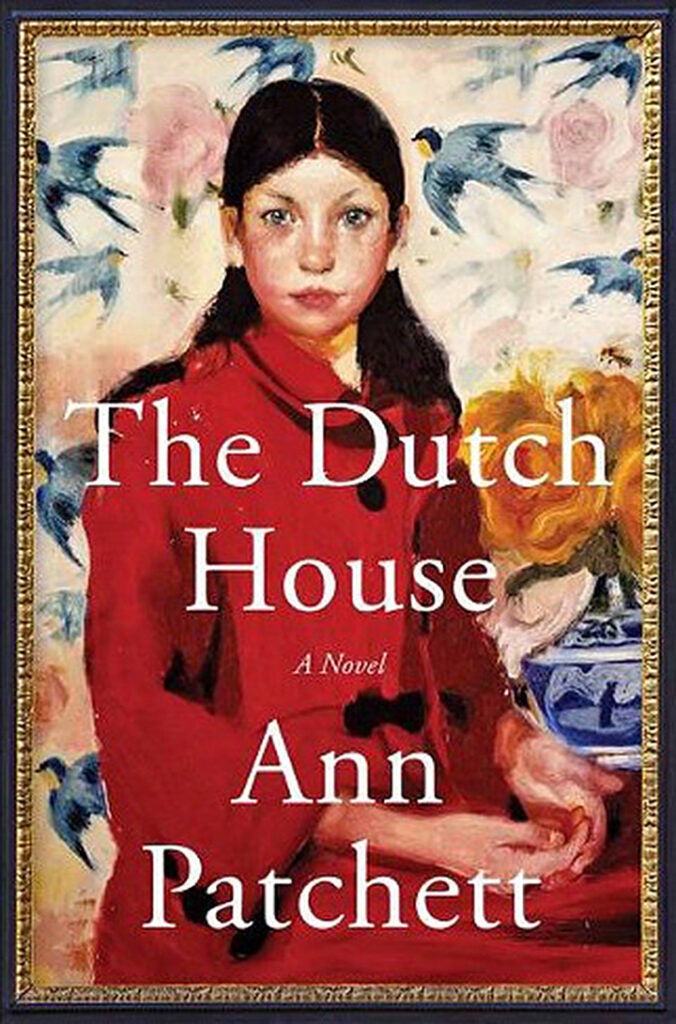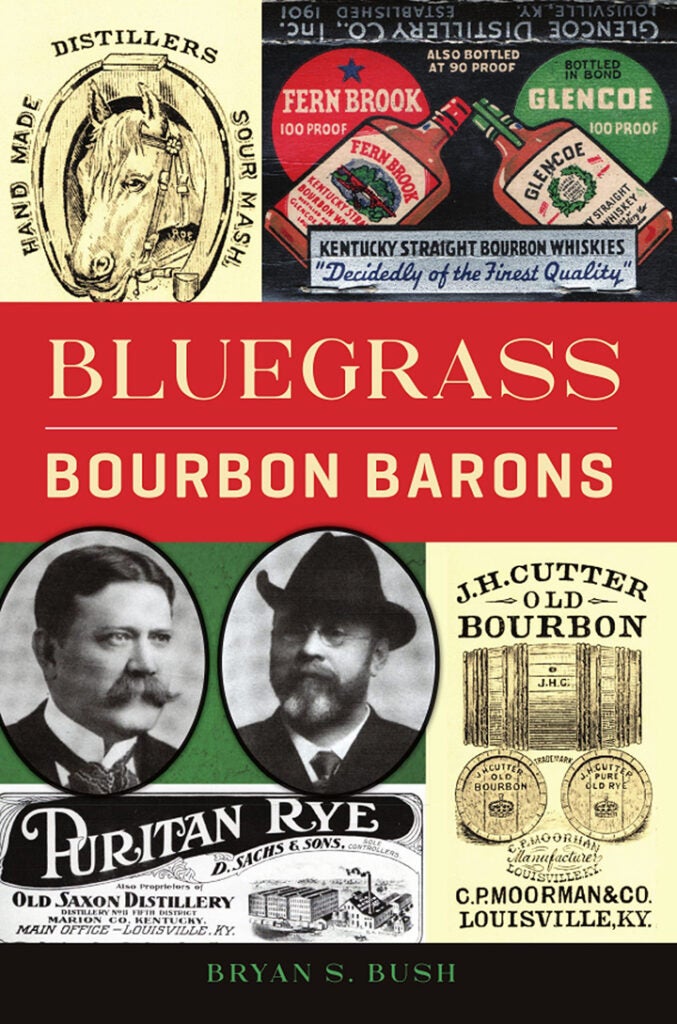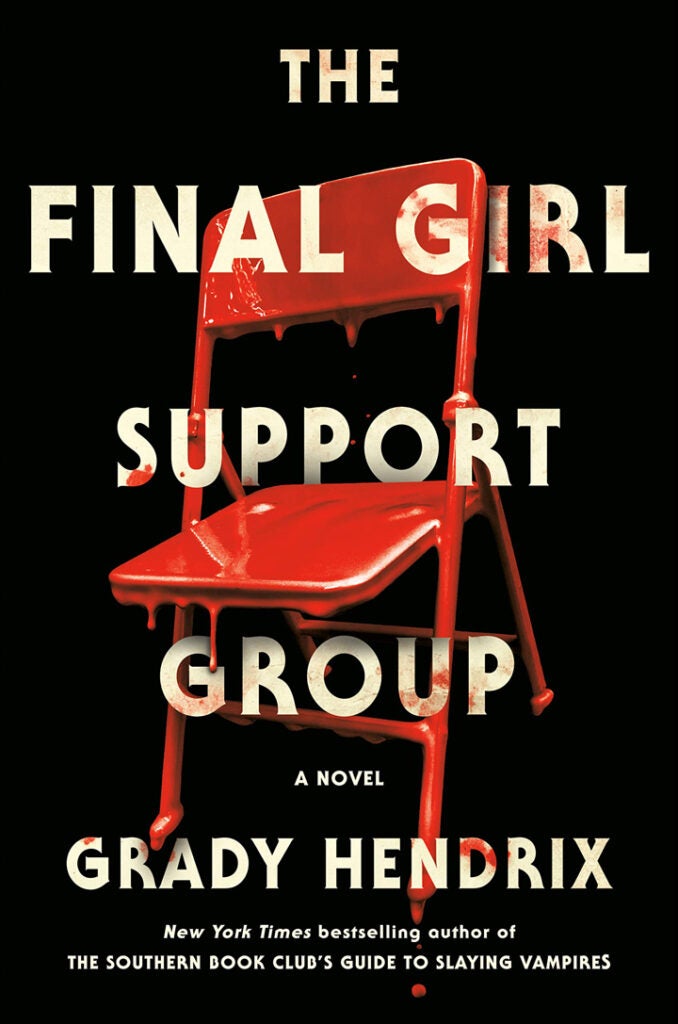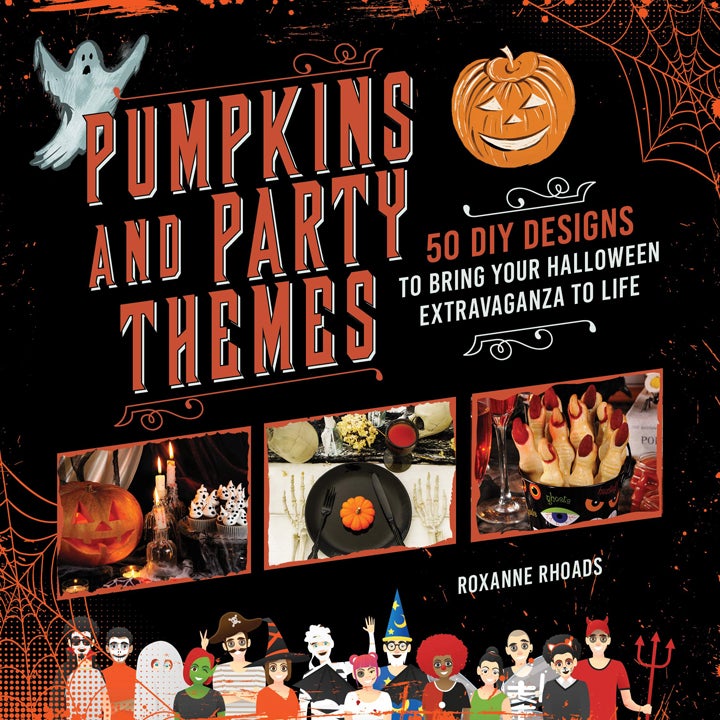
“The Dutch House” by Ann Patchett
The Dutch House was supposedly built in 1922 in Elkins Park near Philadelphia by the Van Hoebeek family from the Netherlands who make their fortune in the tobacco business. Even though the house does not really exist, The Dutch House is one of the main characters in Ann Patchett’s latest release.
Cyril Conroy, is able to purchase the mansion in 1946 by developing his real-estate business. He includes his wife, Elna, in the initial visit to the house. Cyril is impressed with the Delft tile fireplaces and the ballroom on the second floor. He presents the deed to Elna as a gift, their new home.
But Elna hates the house, hates the old leather-bound books that are in Dutch — which nobody can read — hates the two portraits of the Van Hoebeeks which hang over the mantle as if they were the rightful guardians of the mansion.
The Conroys have two children, Maeve, who is 10 years old, and young Danny who is only 3 years old. Elna, having spent some time in a convent, decides that she cannot continue to live in The Dutch House even though it means abandoning her children. She flees to India, to follow Mother Teresa and take care of the poor.
Danny becomes the story’s narrator, expressing the disappointment both children feel following their mother’s flight. Cyril quickly divorces and marries a younger widow with two girls. Andrea loves The Dutch House more than she loves her stepchildren, and after giving her oldest daughter Maeve’s old bedroom, she eventually kicks Maeve out of the house.
Patchett writes about the drama of family, the ambitions and needs of the various family members and their ties to a house. The Dutch House cannot shed its history of the first owners, the family that was most happy with their tribute to their origins.
When Danny tells his story of the house, he mentions that there was a portrait of his sister, the only person that knows him, and wants the best for him. Maeve was the substitute for the mother he didn’t know. Forty years later when his mother returns, Danny watches her drive a car: “She seemed like somebody’s mother, and for the most part I was able to block the fact that she was mine. Or, to put it another way, I thought of her as Maeve’s mother. That worked for all of us.”
Patchett seems to enjoy exploring human relationships — the good, the bad and the ugly. And as is inevitable, she can delve into the ties that keep families together or those that break them apart and leave an empty house where there once was a happy home.
Review by Lizz Taylor, Poor Richard’s Books

“Bluegrass Bourbon Barons” by Bryan S. Bush
Bourbon enthusiasts have been fortunate to read much about the founders of the empire. Bryan Bush ties the history of these historically prominent barons to their many other achievements.
Many of these first distillers had a philanthropic nature. Isaac Bernheim and his partner Uri bought the Pleasure Ridge Park Distillery in Louisville after this city had become a major distribution center of bourbon and renamed it the Bernheim Distillery Company. He is responsible for the Jefferson monument in front of the courthouse, and founded the Young Men’s Hebrew Association, a place for youth to be nurtured in participation in a democratic society and to further the cultural unity of the Jewish community. He also left a substantial amount in his will for the Bernheim Arboretum and Research Forest.
Col. John James Douglas was able to earn a comfortable living in the 1870s running a lottery shop in downtown Louisville, or as we know it, a “numbers game.” When such games of chance were outlawed, Douglas became a wholesale liquor dealer. He was a blender of different bourbons and had many labels of his own, including Yosemite.
Douglas was also a successful breeder of trotters and pacers. In 1895, he constructed a one-mile oval race track. In 1913, the track changed to thoroughbred racing with its feature race the Kentucky Handicap. Douglas park eventually joined with Churchill Downs to establish a 30 day meet in the spring and fall.
George Garvin Brown began business in the tobacco industry in 1863. Three local banks failed on the same day leaving Brown $18,000 in debt. Even though a bankruptcy court wiped out the debt, Brown kept a record and was able to pay the banks with an insurance policy, allowing the banks to remain open. Brown changed the bourbon business by putting bourbon in bottles guaranteeing the product to be sealed and ensure its quality.
These stories and many more written by Bush tell not only the history of the bourbon industry but also the contributions these distillers made to their communities. These men made Louisville the Bourbon Capital of the World, but they also contributed to its diverse economic success.
Review by Lizz Taylor, Poor Richard’s Books

“The Final Girl Support Group” by Grady Hendrix
Are you a fan of old horror movies? The ones when you screamed at the teenagers not to go into the basement where a horrible killer slaughtered just about everybody before the last girl standing defeats him? If so, this book is for you.
Readers are introduced to Lynette Tarkington, who was the last girl 22 years ago. Lynette’s paranoia about being a “last girl” has her living under a false identity and perfecting her survival skills. For many years, she has attended a monthly support group with five other female survivors. Each of the women in this group suffered through attacks and having their experiences turned into movie franchises.
As the girls begin to fight among themselves, Dr. Carol Elliott, the therapist who runs the sessions, questions whether the group should stay together. When one of the girls does not show up for a session, Lynette has a bad feeling and starts to form a plan to keep herself and the others safe. The problem is that the others do not trust Lynette.
This book is recommended to fans of horror and psychological thrillers. For those who do not like blood or gore, be warned, this may not be the novel for you.
Review by staff, Paul Sawyier Public Library

“Pumpkins and Party Themes: 50 DIY Designs to Bring Your Halloween Extravaganza to Life” by Roxanne Rhoads
This book includes 10 party themes with five different do-it-yourself pumpkin designs for each theme. Written in an easy to understand way, these festive ideas will help to jazz up your party or general Halloween décor.
There are suggestions for party décor, activities, costumes, color palettes and food. The instructions for each theme are easy to follow, and there are templates for the featured designs. Included is a list of items needed for each theme, as well as step-by-step instructions.
The chapter on zombies and ghouls is a favorite! The book also features short histories of pumpkins and jack-o-lanterns, and there is a section on pumpkin carving basics, which is very informative. The pictures included in the book are helpful, so you can see the final product.
This book will inspire you to decorate for the Halloween season.
Review by staff, Paul Sawyier Public Library










